The results are surprising, Quality Score and Cost Per Click are more clearly correlated when you look at Exact Match keywords.
close

The Harvard Business Review shared a whitepaper from Microsoft where simple design changes represented millions of dollars in revenue.
You might be wondering, "what simple design changes could increase my bottom line?"
There is no one size fits all website design. Design can change depending on your branding or your user's needs. What is effective for one brand might not work at all for your brand. In this case study, we were tasked with finding the optimal design for a business with hundreds of local landing pages.
After extensive A/B testing and design iterations, we arrived at an optimal design that, once implemented, improved sitewide conversion rates, including all blog pages and location pages, from 5.03%> to 10.73%> to 14.24%.
Due to my team's SEO initiatives, user sessions increased by 122%, from 90,000 to 207,000.
The effect of both was a mind-boggling increase in sales.
By the project's end, my team's changes resulted in an estimated $1,255,512 million from 12,650 additional phone calls.
We performed numerous tests over six months on multiple platforms. Making only minor tweaks to the design.
We tested several design changes, such as:

My team's efforts translated into 137% additional phone calls over 12 months.
One of marketing professionals' most effective conversion rate and most commonly explored techniques is experimenting with the headline.
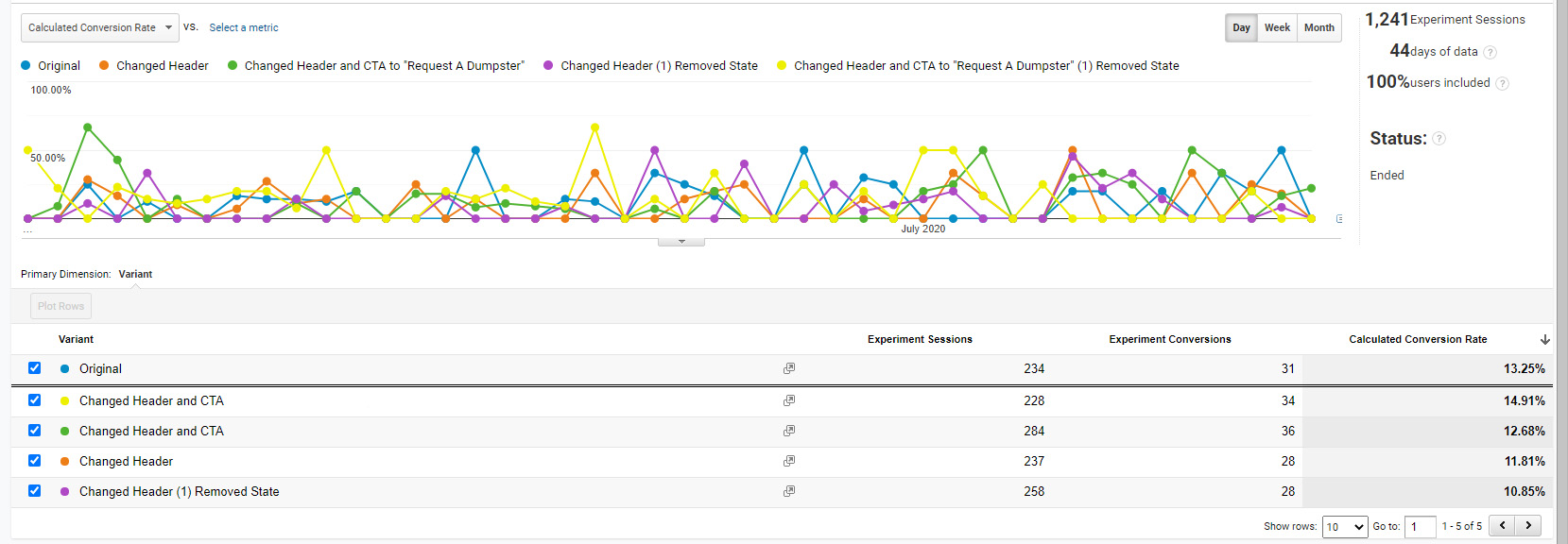

Imagine if I walked up to you and told you that I could double your phone calls simply by removing two words on your landing page.
That is what happened with our initial tests on the Las Vegas location page; those results were confirmed with the Kansas City location page tests.
Another way to phrase it is if this test were performed 100 times, 95 out of 100 times, the shorter headline would work better.
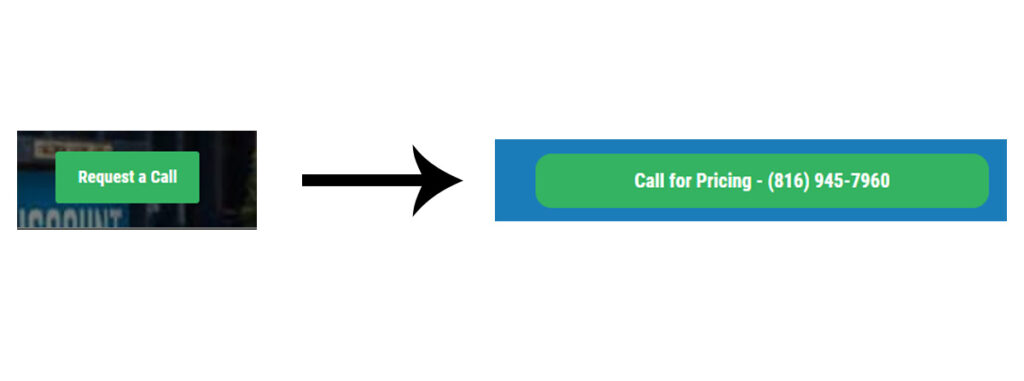
We found that changing the text on the buttons improved the conversion rate.
Call to actions (CTAs) are another commonly explored conversion rate optimization. The colors and placement of the CTAs are simple and effective optimizations.
One problem we addressed in this redesign was that the "request a call" buttons would lead a user to a page with a contact form where they could enter their email address, where a salesperson would follow up with their request.
Instead of directing some users to a contact page, we ensured all the buttons had a "click to call" CTA.
This change increased both calls and revenue because instead of asking users to "request a call," we made it evident that they would be calling us instead.
Unbounce is a cloud A/B testing tool. It allows you to conduct multivariate testing in the cloud. It's an excellent tool for PPC traffic because you can control which users visit your cloud pages and get a clear answer on the optimal design for your audience.
It's also great for complete design overhauls. Your client will often be thoroughly attached to their current site, so it helps to return to the team with a fully redesigned mockup with various testing controls and sound data.
This may be no surprise, but while testing designs in Unbounce, we found that users were likelier to make a phone call on a mobile-optimized site.
The above screenshot is from one of many tests we conducted. We reached an average 21.88% average PPC conversion rate while testing pages within Unbounce.
See the final Unbounce landing page design below. Note the differences in the above-the-fold content.
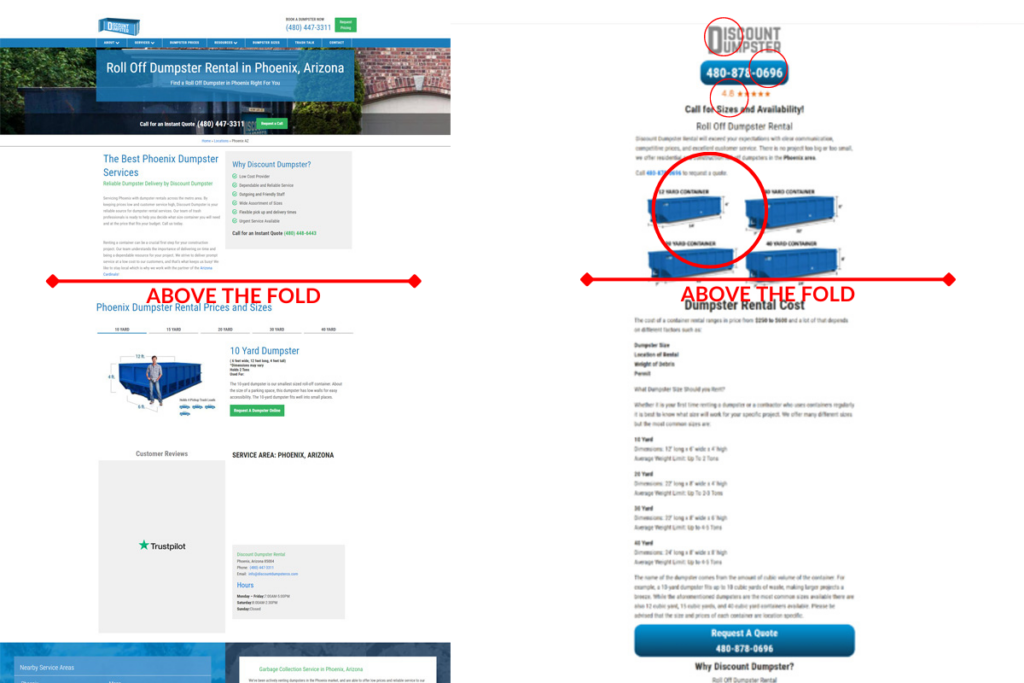
Call quality also increased during the same timeframe because we negated irrelevant keywords.
The original PPC landing pages had an average conversion rate of 3.41%, whereas one Unbounce page had a conversion rate of 21.88%. That is a dramatic difference. Note that one Unbounce page still performed well without a mobile version! Suggesting that the changes worked.
This seems like a no-brainer. And most of the time, mobile responsiveness is a priority. Yet, I've been at corporations without a mobile-optimized site in 2022!
Discount Dumpster had a mobile responsive site; it just needed work. What a user sees in that first moment on your site matters a lot. We ensured every viewport had some call to action. In addition, the website design was optimized for various viewports.
From the Unbounce tests, we determined that the most significant change we could make was to include a mobile-optimized version of the site. The mobile-optimized site performed at 21.88% versus the 11.92% conversion rate of the desktop-only Unbounce landing page. This made perfect sense because our conversion type was phone calls.

You can see a before and after of the mobile design changes.
These minor changes influenced the probability that someone would make a phone call.

On mobile, we A/B tested a floating footer element to the bottom of the page with an easy-to-click button making it even easier for users to call us.
After working on the mobile responsive design, the last change was optimizing the site's scripts to meet Google's UX Lighthouse scores.
I don't think many appreciate how difficult optimizing for speed can be. I've worked on many sites for many organizations and have seen countless roadblocks from internal and external stakeholders and doubts about the possible rewards of focusing on the user experience.
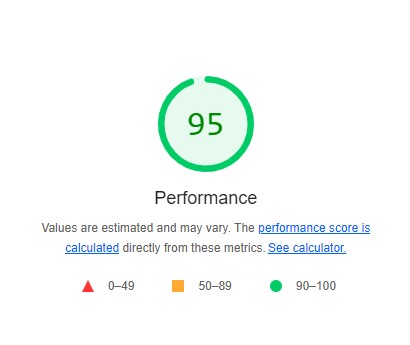

With today's audience increasingly online, shopping decisions are even more competitive. A bad user experience or a slow site could harm your business. The Core Web Vitals are here to stay; your company could suffer if it adapts too slowly.
At one point, these scores were 100/100, and getting perfect Core Web Vitals took some creative problem-solving.
Generally, script optimization requires extensive knowledge and expertise. To top it all off, Google counts all scripts, even its own tracking scripts, against you.
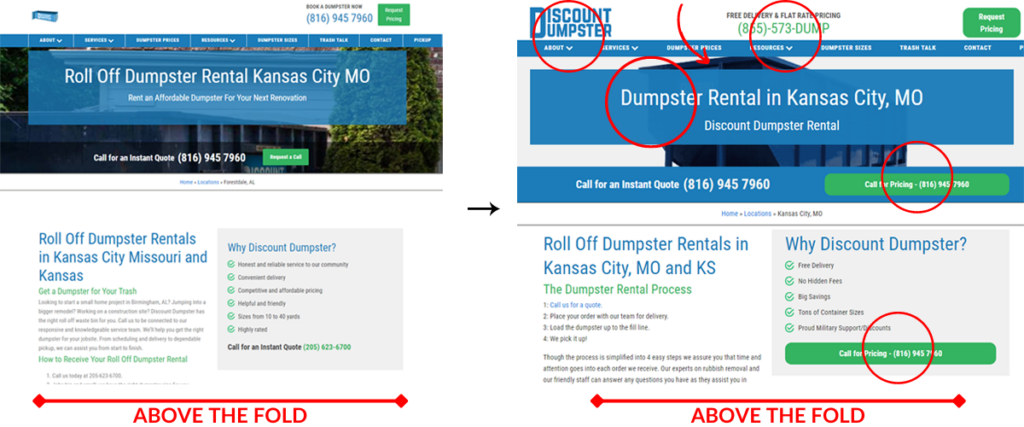
After implementing all the changes above on the live site, we followed Adwords optimizations that saved us 94% in PPC costs, such as keyword negatives and using single keyword adgroups.
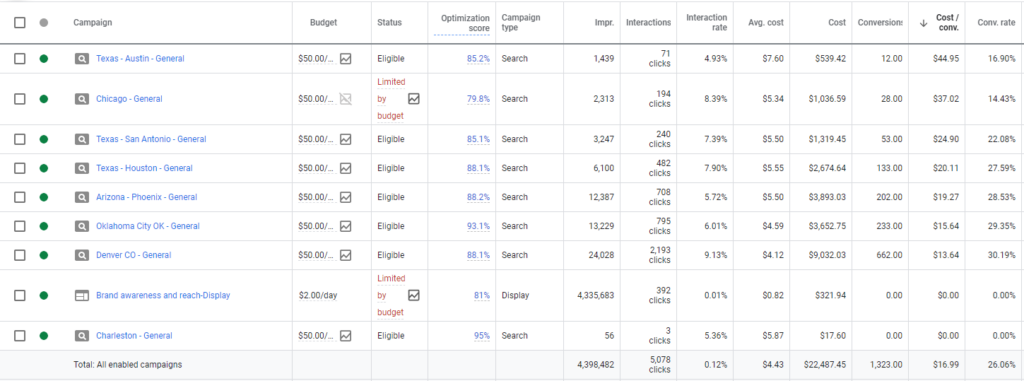
In Figure 7, you can see that the result was that we spent over $20,000 with an average 26.06% nationwide PPC conversion rate.
Note that we used a combination of hyper-targeted keywords with hyper-targeted landing pages.
With all that we've tested in this case study, to my surprise, in this case, the above-the-fold content mattered the most.
This makes sense, and many eCommerce pages are pretty dense in information but are organized in a way that doesn't look dense.
And that makes sense on a user level; some users will be ready to make a purchase and only need the essential elements to make an informed decision. But, at the same time, other users will need more detailed information to make an informed decision. An excellent landing page is catered to multiple buyer personas.
In this case study, I've walked you through the steps necessary to create a conversion rate-optimized website.
We increased the sitewide conversion rate with simple design changes and saw an average sitewide conversion rate of 14.24% from all traffic, paid, organic, and social.
We achieved an average 26% conversion rate when isolating for PPC traffic. Other metrics, such as a 137% increase in call volume, resulted from the combination of design changes, local SEO, and PPC spend.

The results are surprising, Quality Score and Cost Per Click are more clearly correlated when you look at Exact Match keywords.
I love WordPress for its customizations. Styling code snippets enhances user perceptions. Copy and paste the code below to style your WordPress code blocks.
The code snippet plugin changed my life. I no longer edit the raw PHP files to add simple functions like titles to users' profiles.
By restructuring your account and using hyper-targeted ad text, CPA can be reduced.
YMYL stands for "Your Money or Your Life." Google uses YMYL to help understand if a web page's main content could impact people's safety, health, or financial well-being.
With slight modifications to Optinmonster's native A/B testing capabilities, it becomes an excellent CRO testing tool.

The results are surprising, Quality Score and Cost Per Click are more clearly correlated when you look at Exact Match keywords.
I love WordPress for its customizations. Styling code snippets enhances user perceptions. Copy and paste the code below to style your WordPress code blocks.
The code snippet plugin changed my life. I no longer edit the raw PHP files to add simple functions like titles to users' profiles.
By restructuring your account and using hyper-targeted ad text, CPA can be reduced.
YMYL stands for "Your Money or Your Life." Google uses YMYL to help understand if a web page's main content could impact people's safety, health, or financial well-being.
With slight modifications to Optinmonster's native A/B testing capabilities, it becomes an excellent CRO testing tool.
